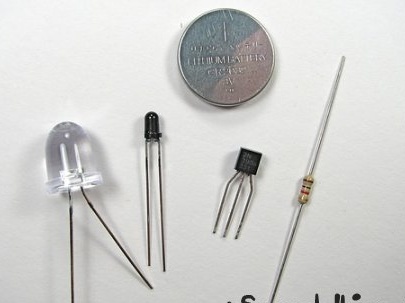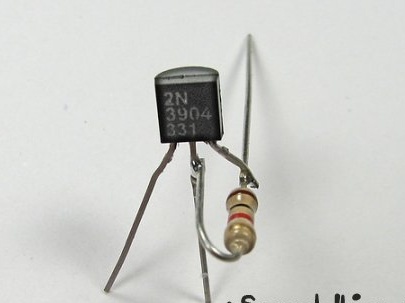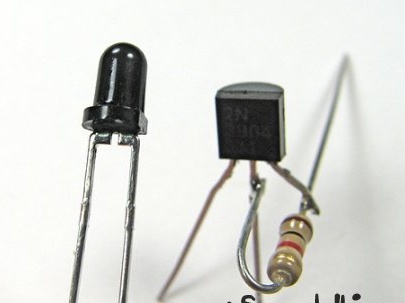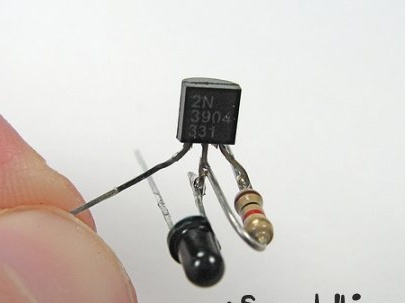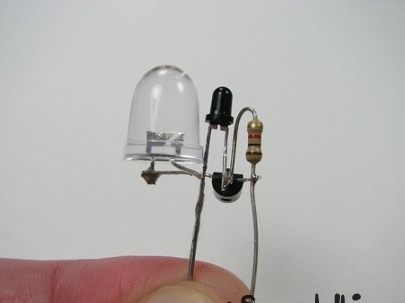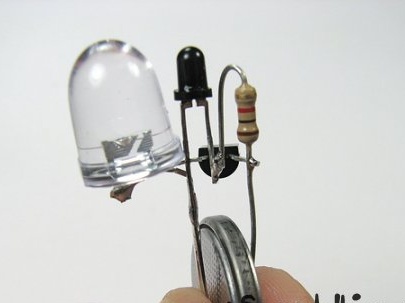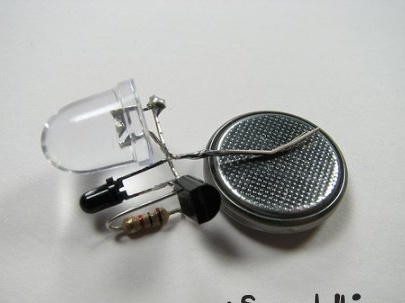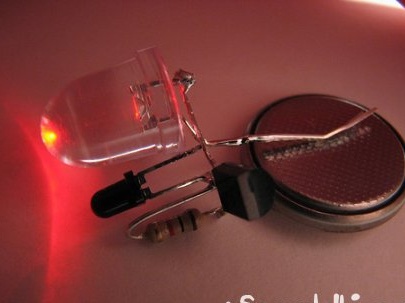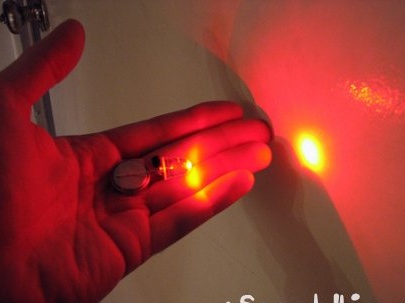For the scheme you will need:
- one LTR-4206E phototransistor
- one lithium CR2032 battery (3 V)
- 2N3904 transistor
- 1k ohm resistor
- soldering iron
So, all the components are assembled, proceed to installation:
Build progress homemade:
First, take the Transistor and resistor and solder them as shown in the figure:
Next, solder a phototransistor to this design:
Next, solder the LED:
And then the power supply for the LED:
As a result, we have the following:
Principle of operation: under light, a current flows in the photodiode, which is supplied to the base of the transistor - the circuit opens. But there is one caveat - you need to think about the placement of the elements so that the light from the LED does not fall on the photodiode, otherwise an uneven, blinking light will be observed.
A photodiode can be replaced with a solar battery (panel), and as a source - a battery from a cell. I did all this, and look at what I got:

